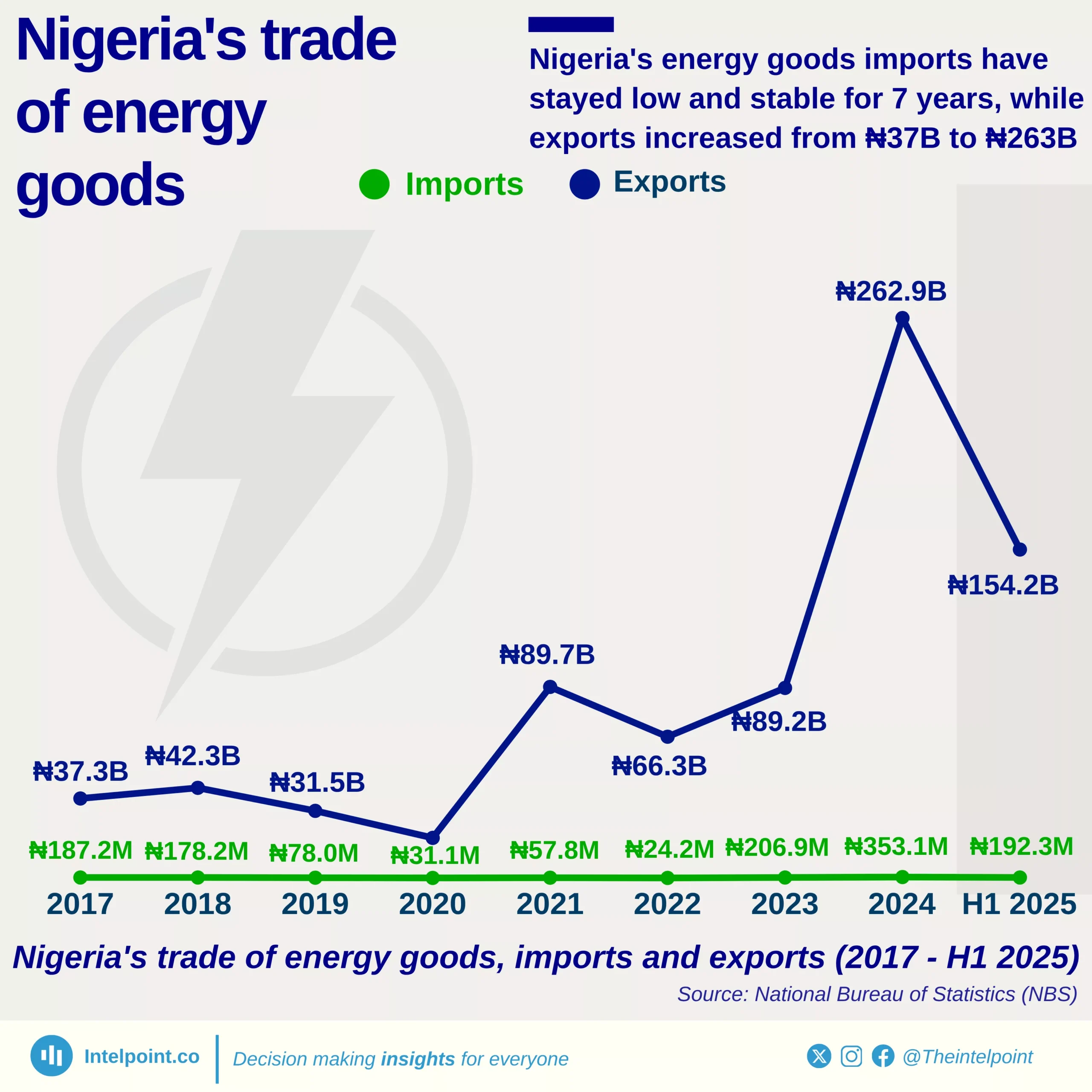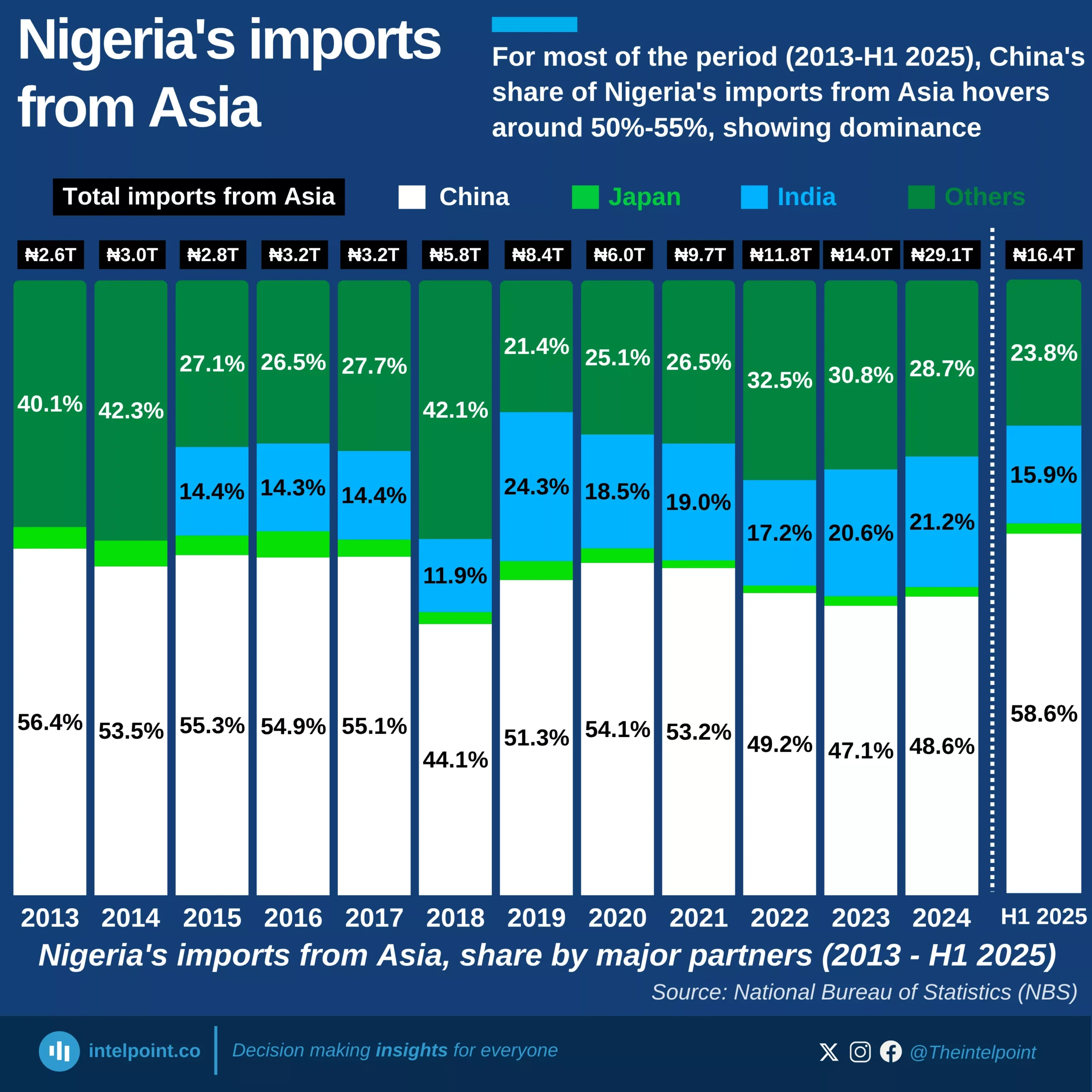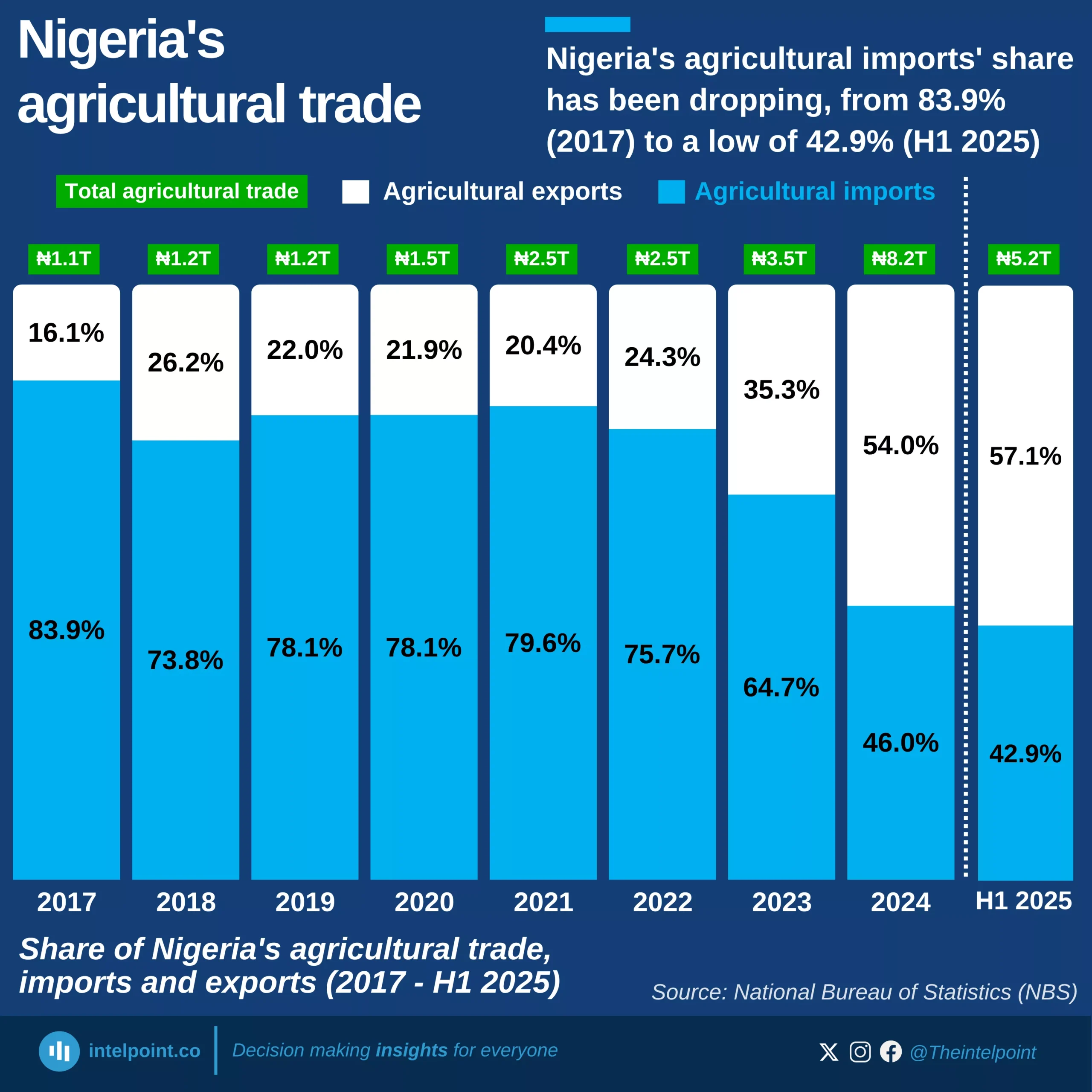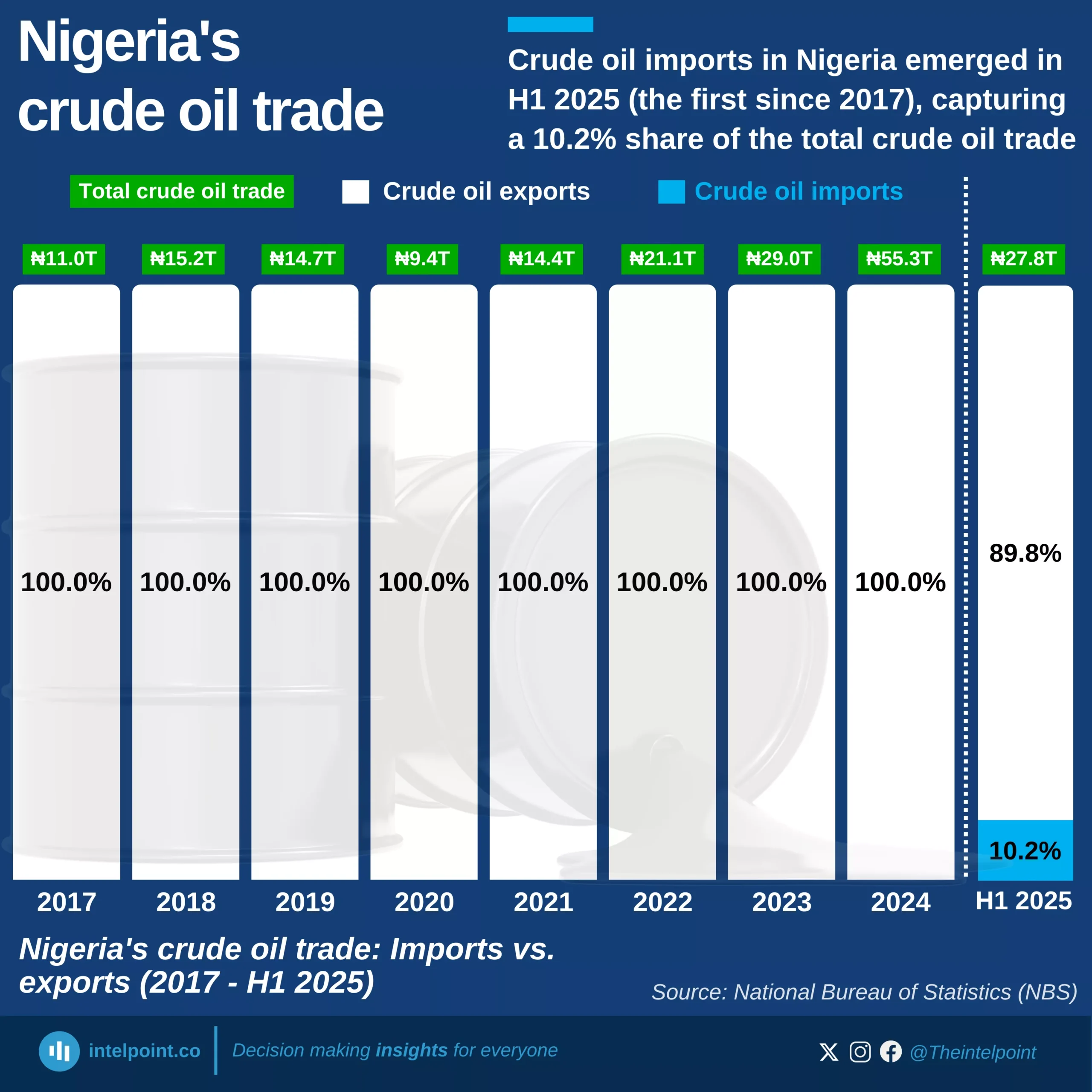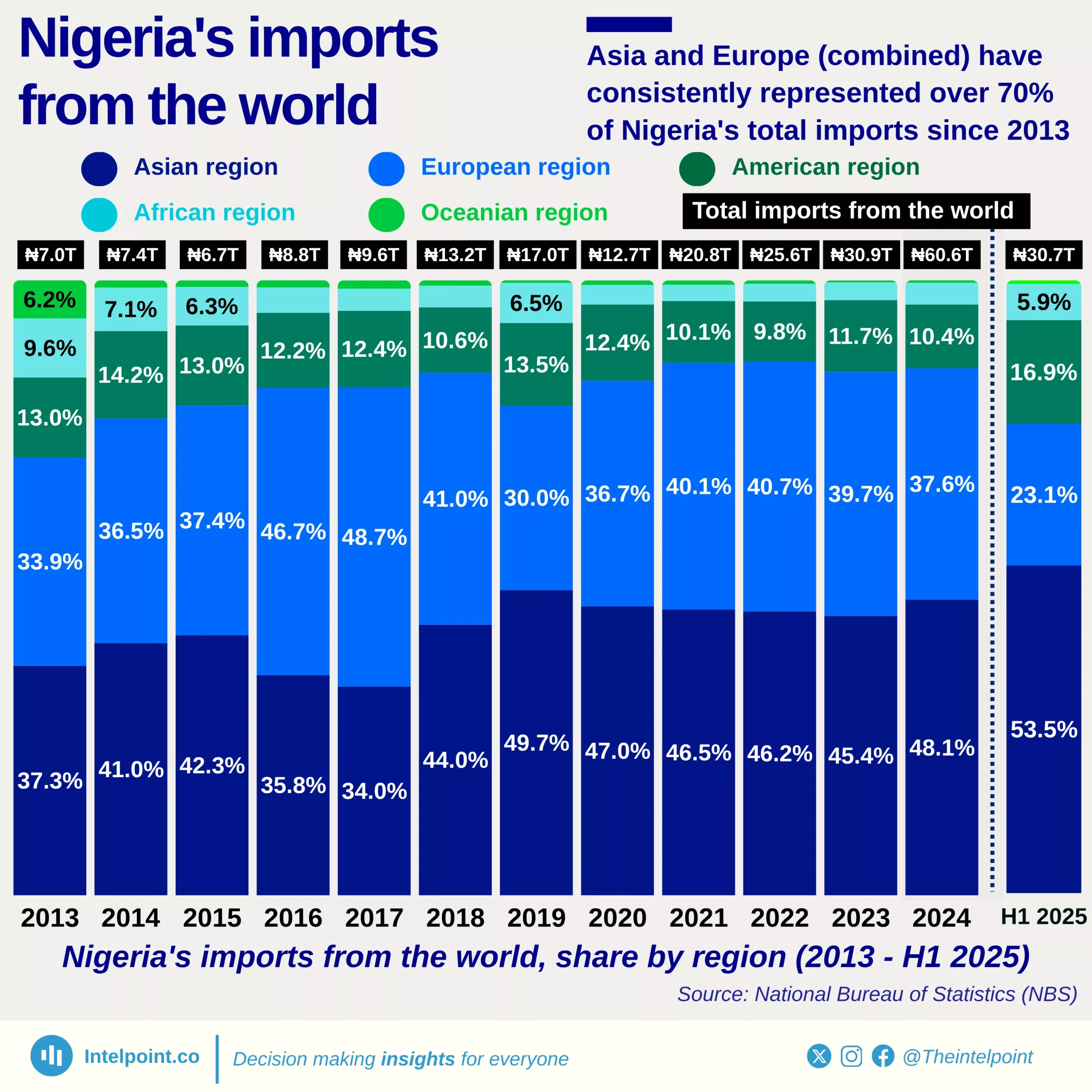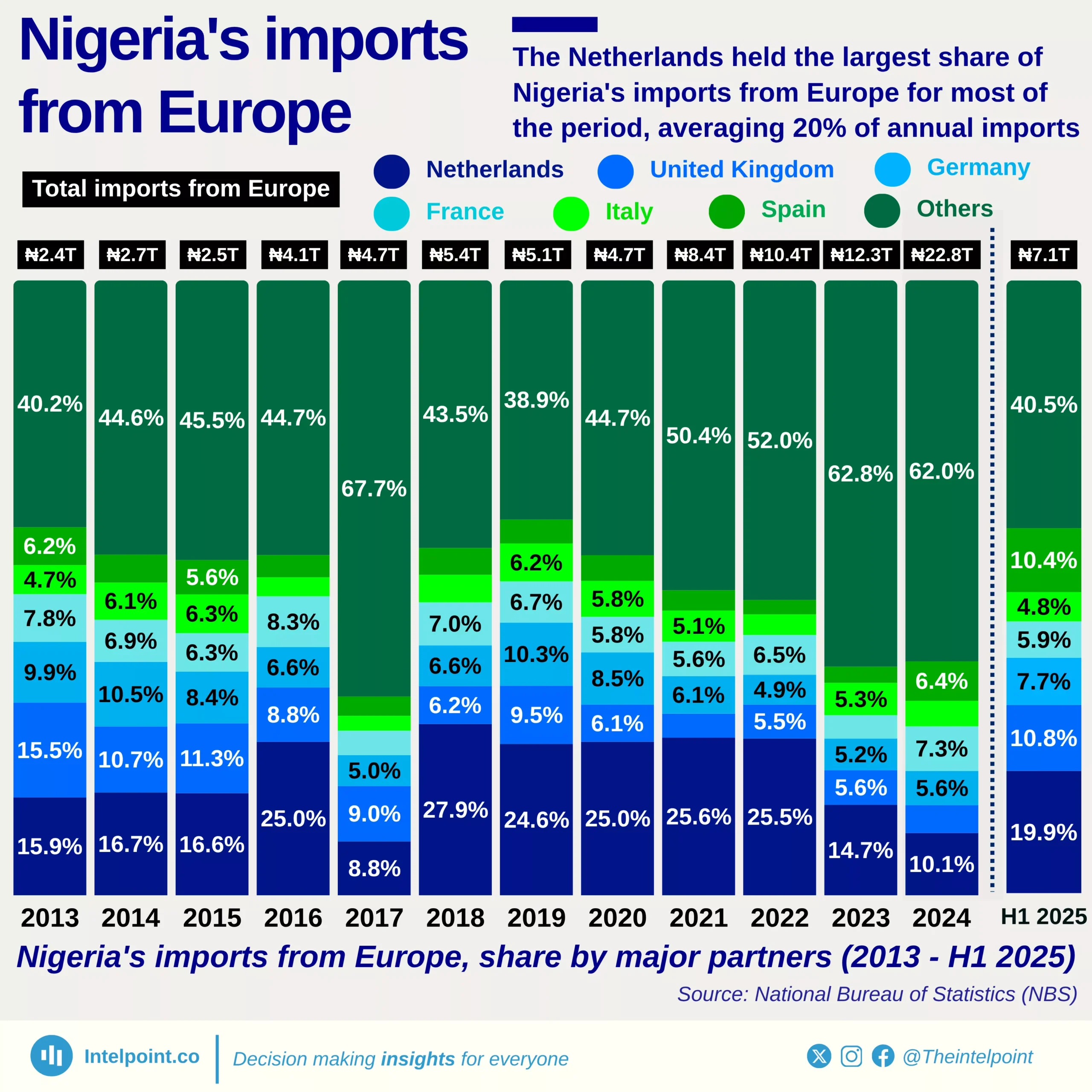Key Takeaways:
In 2024, the United States imported $3.35 billion worth of agricultural goods from Sub-Saharan Africa. Cocoa paste and cocoa butter led these imports at $534.97 million (16%), followed by cocoa beans at $484.42 million (14%) and unroasted coffee at $383.25 million (11%).
Other notable products included seafood, oilseed meals, fruits, and spices. The top 10 agricultural products collectively accounted for 74% of all the US' agricultural imports from Sub-Saharan Africa.
